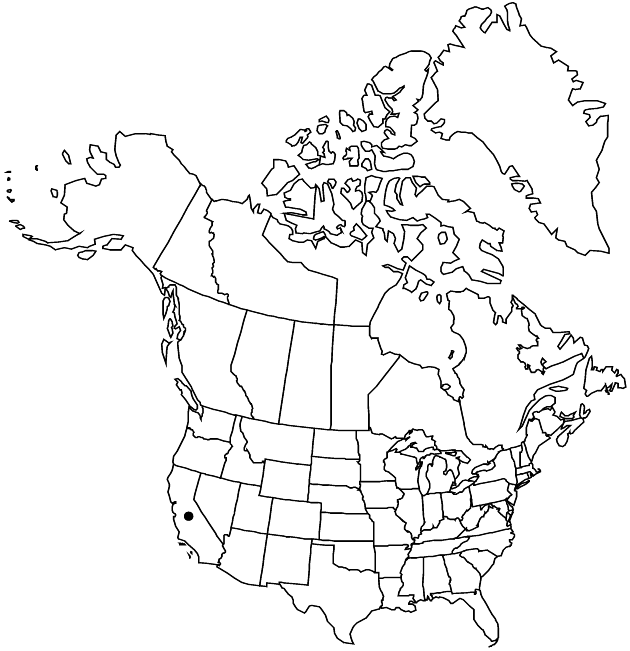Difference between revisions of "Blennosperma bakeri"
Madroño 9: 103, figs. 1A, 2A. 1947.
Treatment appears in FNA Volume 20. Treatment on page 640.
FNA>Volume Importer |
FNA>Volume Importer |
||
| Line 48: | Line 48: | ||
|publication year=1947 | |publication year=1947 | ||
|special status= | |special status= | ||
| − | |source xml=https://jpend@bitbucket.org/aafc-mbb/fna-data-curation.git/src/ | + | |source xml=https://jpend@bitbucket.org/aafc-mbb/fna-data-curation.git/src/f6b125a955440c0872999024f038d74684f65921/coarse_grained_fna_xml/V19-20-21/V20_1441.xml |
|tribe=Asteraceae tribe Senecioneae | |tribe=Asteraceae tribe Senecioneae | ||
|genus=Blennosperma | |genus=Blennosperma | ||
Revision as of 18:41, 24 September 2019
Proximal leaves mostly 5–15+ cm, not lobed or 2–3(–5)-lobed. Involucres 7–9+ mm. Ray florets: corollas yellow, 5–7 mm; stigmas red. Disc florets 30–70. Cypselae 3–4 mm, papillate. 2n = 18.
Phenology: Flowering Feb–Apr.
Habitat: Grassy margins of swales or vernal pools
Elevation: 20–40 m
Discussion
Of conservation concern.
Blennosperma bakeri is in the Center for Plant Conservation’s National Collection of Endangered Plants.
Selected References
None.
Lower Taxa
None.
